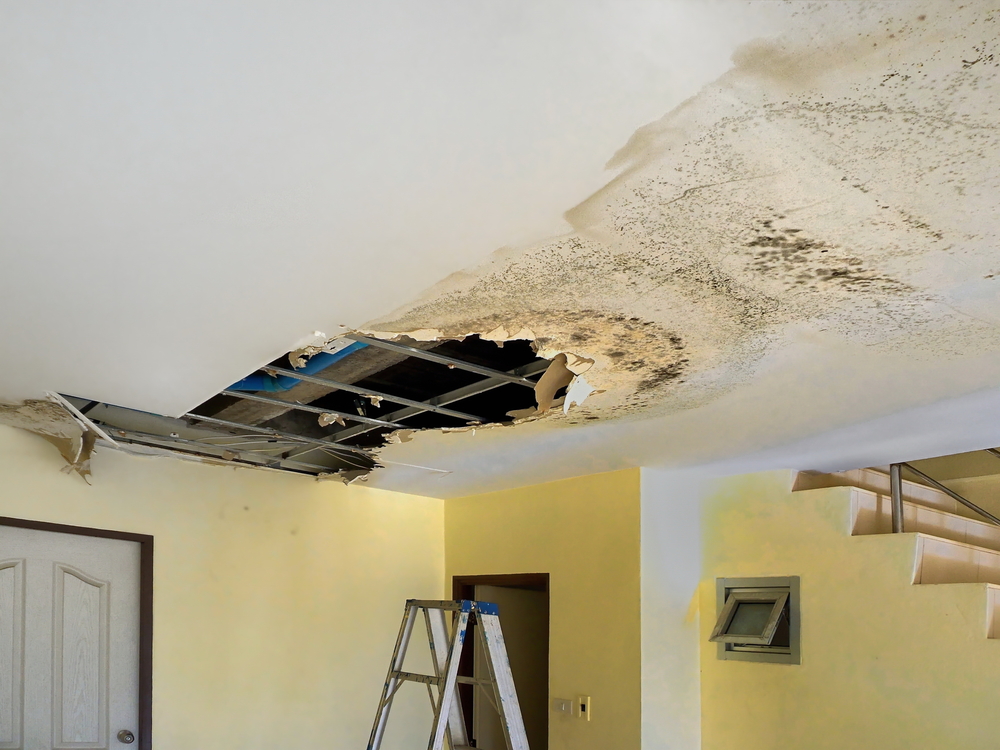Are you searching for resources on Hacks to detect leaks?

Early detection of leaking water lines can alleviate a possible disaster. Aside from conserving you cash, it will certainly decrease the stress and frustration. The moment you find a leak, calling your plumber for repairs is the very best service. Nevertheless, some small water leaks may not show up. Right here are some hacks that help if you can not identify it with your nude eyes.
1. Examine the Water Meter
Checking it is a surefire means that aids you find leaks. If it relocates, that shows a fast-moving leak. This means you might have a sluggish leak that can even be underground.
2. Examine Water Usage
Assess your water costs as well as track your water intake. As the one paying it, you must notice if there are any type of inconsistencies. If you detect sudden changes, in spite of your intake being the same, it suggests that you have leaks in your plumbing system. Keep in mind, your water bill must fall under the same array on a monthly basis. An unexpected spike in your bill shows a fast-moving leak.
A constant increase every month, also with the very same practices, reveals you have a slow-moving leak that's also slowly intensifying. Call a plumber to completely inspect your home, particularly if you really feel a cozy location on your flooring with piping beneath.
3. Do a Food Coloring Examination
When it involves water consumption, 30% comes from toilets. Examination to see if they are running properly. Drop flecks of food shade in the storage tank and wait 10 minutes. There's a leakage in between the storage tank and also bowl if the shade somehow infiltrates your dish throughout that time without flushing.
4. Asses Outside Lines
Do not forget to inspect your exterior water lines too. Must water permeate out of the connection, you have a loose rubber gasket. One little leakage can waste bunches of water and surge your water costs.
5. Check as well as Analyze the Scenario
Property owners should make it a routine to check under the sink counters and also even inside cupboards for any bad odor or mold and mildew growth. These two red flags indicate a leakage so prompt focus is called for. Doing regular assessments, even bi-annually, can conserve you from a major issue.
If you understand your house is already old, maintain a careful eye on your heating units, hose pipes, pipes and so on. Look for discolorations and also damaging as a lot of pipes and also home appliances have a life span. They will likewise normally weaken because of tear and use. Do not wait for it to rise if you presume leaking water lines in your plumbing system. Call a specialist plumber right away so you do not end up with an awful mess in your house.
Early detection of dripping water lines can mitigate a prospective catastrophe. Some little water leaks may not be visible. Checking it is a surefire means that aids you find leaks. One little leakage can squander loads of water and increase your water expense.
If you suspect dripping water lines in your plumbing system, don't wait for it to rise.
How to Know If Your Home Has a Hidden Leak
Water Meter Reveals Inexplicable Water Usage
If you’d like to test whether or not there’s a leak somewhere in your home, you can do this using your water meter. Here is how to conduct the test:
Don’t use any water in your home for at least 30 minutes; this also means not turning on faucets or water-using appliances.
Go outside, and check your water meter for activity.
If your water meter shows that there was activity, even though no one was using any water, this proves that there is a leak in your home.Visible Mold or Mildew Growth
Leaks behind walls create moist, dark environments that allow mold and mildew to grow and thrive. Eventually, you might see mold growth forming on the wall closest to a hidden leak.
If mold is growing in an area that receives a high amount of moisture, such as a bathroom, it may simply be an indication that better ventilation is needed. However, if you see mold growth on a wall or the ceiling in an area where you would not expect, you probably have a hidden leak.
Musty, Mildew Odor
Sometimes you might not be able to see the mold or mildew that is growing as a result of a leak. However, the smell can give the problem away just as easily. If you catch a whiff of something musty, there’s a good chance that old water is collecting somewhere in your home that you can’t see.
Stained/Warped Walls, Ceilings, or Floors
When your home soaks up water, a variety of red flags can become visible, including ceiling stains, bubbling drywall, warped walls, and sagging floors. While these issues can be caused by excess humidity, they can also be signs that a pipe or plumbing connection has started leaking behind your walls.
Inexplicably High Water Bill
After a while, you get a general sense for what your water bill should be. If you own a pool or sprinkler system, your bill will tend to be higher during summer. However, if you receive a water bill that seems especially high, and you can’t figure out what caused it, then you may have a hidden leak somewhere that’s increasing your bill.
https://www.plumbingjoint.com/blog/2019/july/how-to-know-if-your-home-has-a-hidden-leak/

I was brought to that report on Detecting hidden plumbing leaks through someone on another web address. Sharing is caring. You never know, you might be doing someone a favor. We value reading our article about Locating water leaks.
Book Now